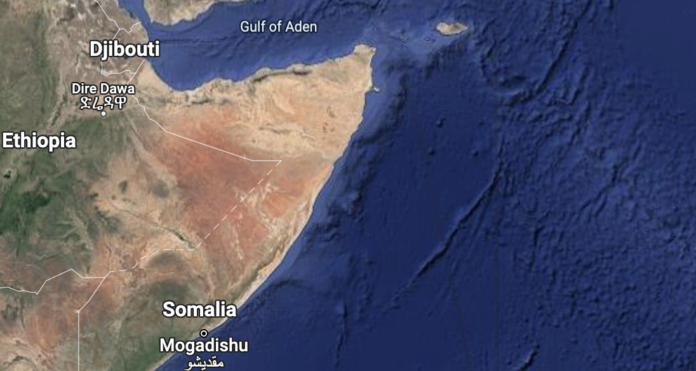MOGADISHU (KAAB TV) – The Food and Agriculture Organization of the United Nations (FAO) is urging for proactive measures and early warning systems in Somalia as the country braces for the potential impacts of an impending El Niño and positive Indian Ocean Dipole (IOD) event.
With the start of the Deyr rainy season expected in October 2023, up to 1.2 million people in Somalia could be affected. Of particular concern are the riverine communities, which face a high risk of flooding, leading to potential losses in property, livestock, and crops. This threat follows a devastating drought that has already weakened food security and the ability to cope with disasters.
El Niño is a recurring climate pattern that emerges every two to seven years, bringing a range of risks and opportunities to rural communities in Somalia.
The Indian Ocean Dipole, another climate pattern associated with sea surface temperatures, also plays a role in shaping weather conditions in the region.
Meteorological models from various global and regional agencies project a high likelihood of increased rainfall over the eastern parts of the Horn of Africa during these weather phenomena, including El Niño and the IOD event.
“We possess the necessary information to take action, and now is the time for the humanitarian community to unite in preventing another climate disaster in Somalia,” emphasized Ezana Kassa, FAO’s Head of Program in Somalia. “We have a narrow three-month window to act and avert further loss of lives and livelihoods,” he added. Earlier this year, the country witnessed a historic flooding event along the Shabelle river, resulting in the displacement of approximately 250,000 individuals.
The risks associated with El Niño and the IOD event are substantial for Somalia’s riverine communities along the Shabelle and Juba rivers. Flooding can cause extensive damage to property and critical infrastructure such as schools, healthcare facilities, and roads. It also disrupts agricultural activities by submerging farmland and crops, leading to food shortages.
Coastal fishing communities are also vulnerable, as flooding can trigger storm surges and increased siltation in rivers and oceans, negatively impacting fish catches and jeopardizing the livelihoods of fisherfolk. Furthermore, livestock can suffer from fevers and waterborne diseases, posing risks to both animals and humans.
However, amidst the challenges, El Niño can also bring opportunities to improve food security in rural areas, especially in the aftermath of a severe three-year drought. Increased rainfall in rain-fed agricultural regions can boost food and fodder production.
“When equipped with appropriate information and education, farmers can capitalize on the improved rainfall to enhance productivity,” FAO adds.
Additionally, water catchments and dams can replenish, offering improved water security during subsequent dry seasons.
FAO is calling upon all humanitarian stakeholders, government partners, and local actors to take the warnings of El Niño seriously and collaborate in preventing loss of life and livelihoods in Somalia. This entails providing early warning systems and educational initiatives to communities regarding the flood risks associated with El Niño, pre-positioning emergency response resources such as food, water, and shelter, and working with communities to develop contingency plans for managing the anticipated impacts. There is also a crucial three-month window of opportunity to support farmers by providing them with seeds and other essential equipment to enhance productivity.
FAO says by working collectively to prepare for the potential impacts of El Niño, governments and humanitarian partners can mitigate the worst effects, prevent loss of life and livelihoods, and capitalize on opportunities to bolster food security in the country.


